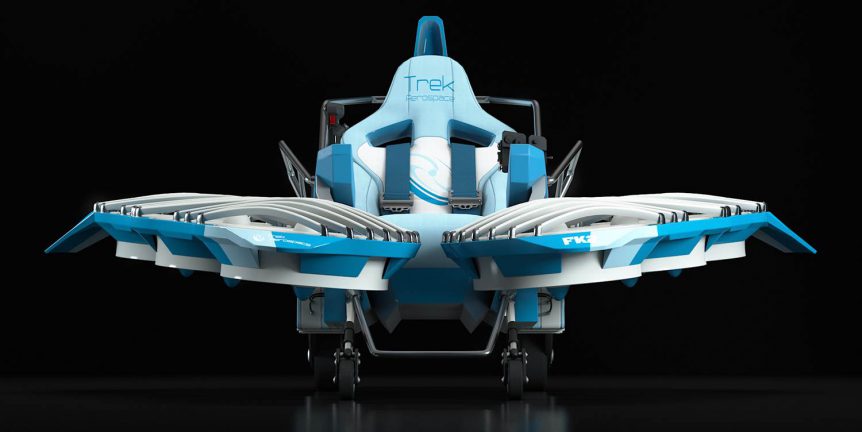Boeing just announced the ten winners of Phase I in its GoFly competition, in which entrants design, build and fly a “personal flying device.” As Boeing explains, contest rules are designed to enable entrants “To foster the development of safe, quiet, ultra-compact, near-VTOL personal flying devices capable of flying twenty miles while carrying a single person.” The list of partners and co-sponsors is impressive and includes virtually all major American aviation advocacy groups. As the Green Flight Challenge demonstrated seven years ago, prize money encourages a grand series of investments by individuals in hopes of winning a prize. In this case, 3,000 entries by 725 teams from 95 countries presented drawings and documents describing their proposed PFD, with a select 10 advancing to Phase II, which will require a demonstration of the proposed machine’s ability to perform as promised. “To be able to engage so many individuals from leading universities, major corporations and startups, and connect them through our community …
AVweb Talks to Dr. Seeley About EAS VI
The sixth annual Electric Electric Aircraft Symposium, CAFE’s premier event, got a lot of press attention this year, including lead story status from AOPA and acknowledgement from Engadget and AVweb. We’ll start with the one that’s most fun to listen to – a podcast from AVweb. Mary Grady of AVweb interviewed Dr. Brien Seeley, President of the CAFE Foundation, about the just completed Electric Aircraft Symposium at Santa Rosa, California, which drew participants from at least eight countries and 10 multi-national corporations. With Federal Aviation Administration representation and a former Environmental Protection Agency head signed up to attend, the Symposium drew some high-level attention this year. Dr. Seeley was enthusiastic about the rapidly maturing technology and industry, with Tom Gunnarson from the FAA and Ronald Gremban of ForSites Corporation working toward standards and practices for electric aircraft. When asked about the thought that FAA rules for small electric aircraft might be five to 10 years out, Dr. Seeley noted the …
We Know It Flies Well, But Does It Look Good?
Taja Boscarol, Public Relations Manager for Pipistrel, sends notice that their Taurus Electro G4 is a finalist in the Design Museum’s “Designs of the Year” competition for 2012 in the Transport category. This will be the second year in a row that an electric airplane has been nominated in the prestigious competition, last year’s win being taken by the Yuneec e430. The London-based Design Museum’s Design Awards are considered “the Oscars of the design world,” and are given in seven categories: Architecture, Digital, Fashion, Furniture, Graphics and Transport and Product. Pipistrel’s Green Flight Challenge-winning airplane will be up against a range of transportation-related designs, including: AUTOLIB’, a car-sharing program developed by SOCIÉTÉ AUTOLIB’ SAS AND Bertrand Delanoë, Mayor of Paris, France with the ambition of reducing car ownership. A Ferris-wheel-like bike hanger created by Manifesto Architecture of New York, New York. The Mia electric car, a three-seat van-like vehicle by Murat Guenak and David Wilkie of Mia Voiture Electrique. A re-design …
Lucky 13 to Fly in Green Flight Challenge
Following rigorous evaluations of all aircraft to ensure they meet all standards for the contest, Dr. Brien Seeley, President of the CAFE Foundation, announced the 13 entrants who will compete in the Green Flight Challenge at Santa Rosa, California between July 11 and 17, 2011. This exciting event will offer the public a first view of some incredible designs and resourceful competitors. Since the minimum performance required for consideration includes things such as the ability to fly a 200 mile course at 100 mph or better average speed, the ability to clear a 50-foot barrier on a 2,000 foot runway during both takeoff and landing, and the efficiency to attain at least 200 passenger miles per gallon during the overall flight, all aircraft are obviously the most efficient aerial creations yet seen. Rules were established to encourage designers to make “real world”, practical craft rather than specialized designs that could win the contest but find no real purpose or willing owners. Even things such as cockpit design and …

